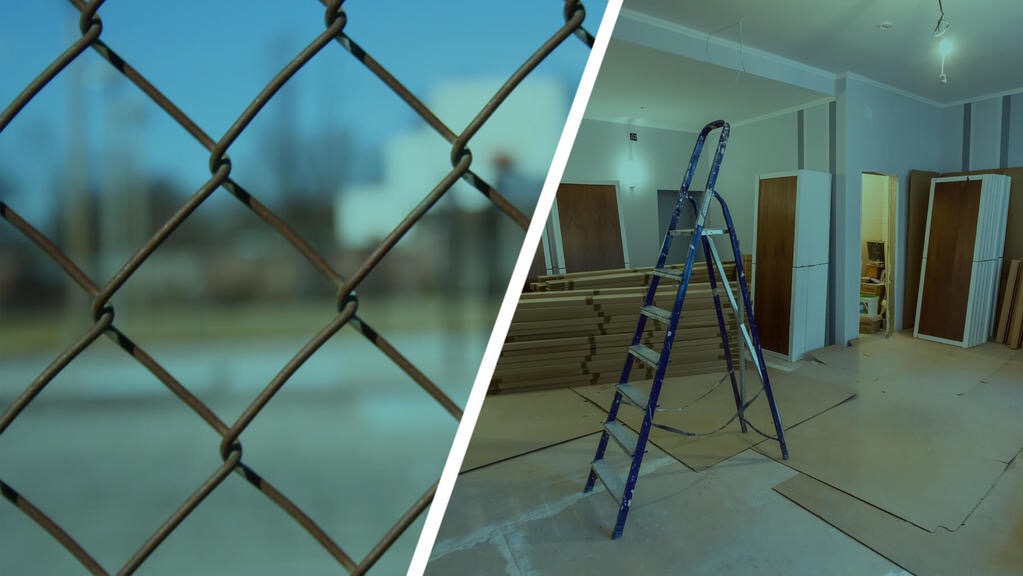The bad news about the criminal justice system can seem overwhelming: vast racial disparities; an incarceration rate unprecedented in world history and more than quadrupling over the past four decades; a school-to-prison pipeline that short-circuits our children’s futures.
It’s a bleak picture of American justice.
That’s why a prison re-entry plan conceived by — and for — Indiana women is such a breath of fresh air.
Vanessa Thompson was incarcerated in the oldest women’s prison in the country when she had what writer Eli Hager of The Marshall Project calls “her eureka moment.”
Watching the news in her cell, she heard a mayoral candidate in Indianapolis describe 10,000 abandoned houses and lots. As Hager describes:
What if, she thought, people reentering society from prison helped rebuild those homes, and then, after putting in several thousand hours of construction work, got to live in one? This would also help solve a second intractable social problem: the lack of housing for ex-offenders, which had helped send so many women she knew back to jail.
“It’s a double restoration — not just of the house, but of the person,” Thompson, now 44, said in a recent interview. “What does Indianapolis need? A solution to this housing crisis. What do women in prison need, more than anything? Ownership. Of our minds, of our bodies, and of our physical homes.”
Thompson was enrolled in a public policy class in the prison’s higher education program when she had her big idea. She had learned how to contact elected representatives, how to talk to the media and how to write policy proposals. So she wrote one up on her housing plan, and she brought it to class.
“Women in prison aren’t thought of as public policy experts,” Thompson’s teacher, Kelsey Kauffman, told Hager. “But who knows more than they do about key issues like domestic violence, inner-city ‘food deserts,’ and what it takes for a mother to survive with her children on the streets of Indianapolis after she is released from prison?”
Two years after Thompson first wrote her proposal, four of the women in her class presented videotaped testimony to the Indiana state legislature, talking directly to lawmakers in their state-issue khaki uniforms.
The assembly — one of the most conservative in the nation — approved their proposal unanimously.
“I never would have known my power as a citizen … if I hadn’t become a prisoner. Imagine that,” another student in the class, Kristina Byers-Escobedo, told Hager.
Housing isn’t the only problem women like Thompson and Escobedo have taken on. They poured water on cheap menstrual pads in front of state legislators, shocking them into calling the lieutenant governor to address the woefully inadequate supplies. They discovered an error in a 450-page bill to revise Indiana’s criminal code, changing how sentence reductions would be calculated under state law.
As Hager writes, “Thompson began to see potential for reform all around her. In everything and everyone, there were possibilities for renovation, restoration and renewal.”
We couldn’t agree more.
The Editors.
P.S. Here are some other pieces we think are valuable this week:
- FBI: Hate crimes reach 5-year-high in 2016, jumped as Trump rolled toward president by Brett Barrouquere for the SPLC
- For these families, the school choice fight isn’t just political — it’s personal by Andy Kopsa for Cosmopolitan
- Walking while black by Benjamin Conarck, Topher Sanders and Kate Rabinowitz for Florida Times-Union, ProPublica and Vox
- Can prosecutors put the same gun in the hands of more than one shooter? They can, and they do by Ken Armstrong for The Marshall Project
SPLC’s Weekend Reads are a weekly summary of the most important reporting and commentary from around the country on civil rights, economic and racial inequity, and hate and extremism. Sign up to receive Weekend Reads every Saturday morning.



